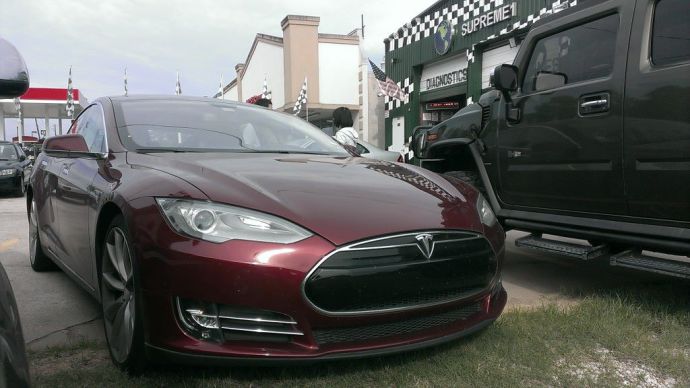
Helpful Tips
- Never leave children alone in or around cars; not even for a minute.
- Put something you'll need, such as your cell phone, handbag, employee ID, or briefcase, on the floorboard in the back seat.
- Get in the habit of always opening the back door of your vehicle every time you reach your destination to ensure no child has been left behind. This will soon become a habit. We call this the “Look Before You Lock” campaign.
- Keep a large stuffed animal in the child's car seat when it’s not occupied. When the child is placed in the seat, put the stuffed animal in the front passenger seat. It's a visual reminder that anytime the stuffed animal is up front you know the child is in the back seat in a child safety seat.
- Make arrangements with your child’s daycare center or babysitter that you will always call if your child will not be there on a particular day as scheduled.
- When a child is missing, check vehicles and car trunks immediately.*If a child is locked inside a vehicle, get them out as quickly as possible. If they are hot or appear sick, call 911 or your local emergency number.
VEHICLE
- Tires--Always check your tires for tread damage and proper inflation.
- Engine oil--Check/know your engine oil level, If you want to avoid major repairs, ONLY use the proper oil recommended by your vehicle manufacturer, the owner's manual gives all the information necessary to put the right viscosity oil--10w 30, 5w 20, etc. into your vehicle.
- Coolant--Antifreeze, is the colored fluid found in your radiator. Antifreeze serves a few purposes. The most important is keeping the water in your radiator and engine from freezing in cold temperatures. It also keeps that same water from boiling over in the summer. Cooling systems are normally filled with a 50/50 mixture of antifreeze and water. The third function of antifreeze or coolant is lubrication, it lubricates the moving parts it comes in contact with, like the water pump
- Check Engine light-- the light could mean a costly problem, like a bad catalytic converter, or it could be something minor, like a loose gas cap. The check engine light- more formally known as the Malfunction Indicator Lamp (MIL) is a signal from the vehicle's engine computer that something is wrong.
ELECTRIC VEHICLES
-
A common concern about electric cars is the risk of battery fires, a risk perception that was heightened a few years back when lithium-ion batteries in a number of laptops and mobile phones caught fire.
This risk relates to the high energy density of the batteries, with a huge amount of energy packed into a relatively small package. That makes lithium batteries a great candidate for powering electric cars, but also carries the risk of overheating. To prevent that from happening, manufacturers are using all sorts of precautionary technology, such as fuses and circuit breakers that will disconnect the batteries when sensors detect a collision is about to happen.
Cooling the batteries is important, too, as the hotter they are the bigger the explosion risk. "TESLA", for example, uses radiator-chilled coolant throughout the battery pack to keep the temperature as low as possible while the car is running. By contrast, the current LEAF uses an air-cooling system.
The reinforced battery pack of electric cars is also normally located in the well-protected center of the car, as far as possible, away from the car’s crumple zones to avoid damage in a collision.
At any rate, we believe that the risk of battery fires is tiny, and driving a modern electric car is no riskier than traveling around with 60-liters or so of extremely flammable liquid on board. That’s what most of us with petrol-engine cars do every day. -
SUPREME1 is committed to invest and move along with technology to better serve our customers.















